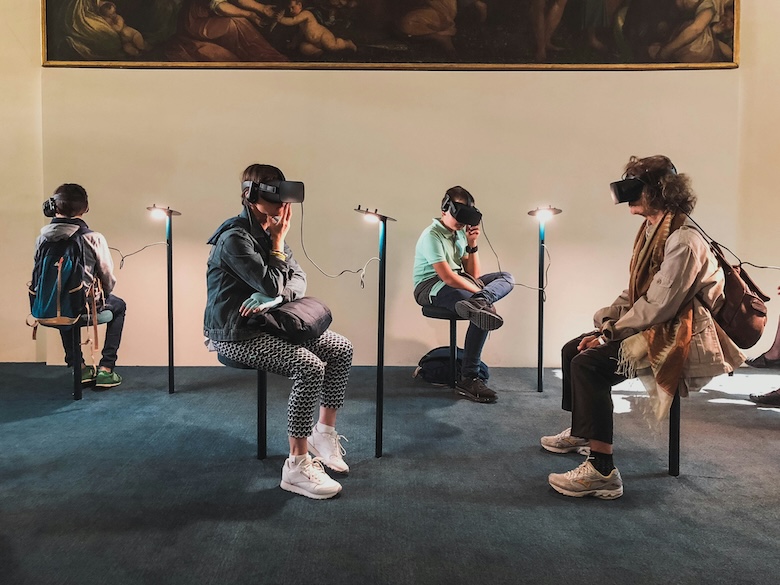
Virtual Reality (VR) is a technology that generates immersive, three-dimensional spaces. These environments are designed to be so interactive that users feel as though they are physically within them. By leveraging computer vision and sophisticated graphics, VR systems can transform static 2D images into dynamic visuals with depth, scale, and perspective.
The functionality of VR headsets relies on several key components:
- Head-Mounted Displays: These devices utilize stereoscopic lenses to divide incoming images into two separate views—one for each eye—resulting in a 3D effect.
- Sensors: Components such as gyroscopes, accelerometers, and occasionally eye-tracking sensors are incorporated to monitor head movements and modify the displayed visuals accordingly.
- Controllers: Users can manipulate objects and navigate the virtual space using handheld controllers or alternative input devices like haptic gloves.
- Audio Feedback: Advanced audio technology delivers directional sound based on the user’s location within the virtual environment.
Contemporary VR headsets typically link to high-performance computing systems through wired or wireless connections. This setup facilitates real-time rendering of intricate simulations. Six Degrees of Freedom (6DoF) systems guarantee precise depiction of the user’s movements within the virtual setting.
VR technology primarily aims to offer users an engaging and interactive experience that closely resembles reality. As such, it significantly enhances various sectors including entertainment, education, healthcare, architecture, military training among others.

